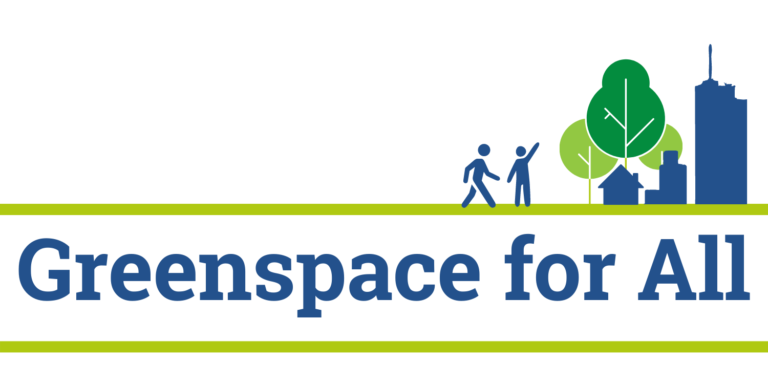
Greenspaces, such as parks, conservation areas, and wetlands, provide ecosystem services that mitigate climate risks, enhance health and social cohesion, and offer economic benefits. Incorporating greenspaces into community infrastructure can help cities provide equitable service delivery and achieve climate adaptation and biodiversity goals. However, greenspace is not easily accessible to all community members. The Stewardship Centre seeks to work with partners across sectors to connect Vancouver Island’s underserved community members to more greenspace so that everyone can enjoy the benefits and services they provide.
What is Greenspace?
Greenspaces are areas within a community that provide access to natural habitat, with characteristics like native plants and mature trees. Examples of greenspace or green infrastructure include public parks, conservation areas, wetlands, street trees, rain gardens, and hiking trails, to name a few.
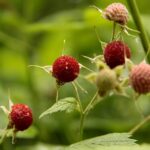

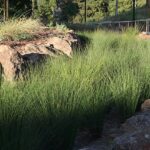
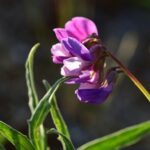

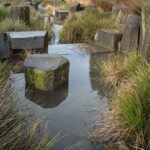

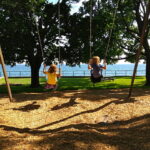
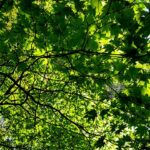


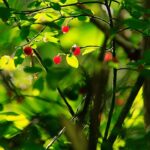
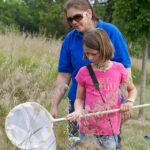

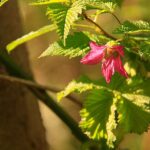






What are the Benefits of Greenspace?
- Greenspace provides ecosystem services, like erosion prevention, flood control, and other valuable forms of community environmental resilience that are critical in the face of a changing climate.
- Greenspace increases tree cover, which provides shade and helps keep ground temperatures several degrees cooler (Government of Canada, The Power of Trees).
- Greenspace increases natural habitat for wildlife, providing food and shelter for insects, birds, mammals, and other species that benefit from native vegetation.
- Greenspace has been shown to improve community well-being and encourage connections between people and the world around us.
Providing Equitable Access to Everyone
Researchers across the world have observed and documented that greenspace is typically more accessible to community members from more privileged backgrounds. In Canada, those who speak English as a first language, white community members, and those of higher socio-economic class are more likely to enjoy the benefits of greenspaces close to their homes (Greenbelt Foundation Report, URBAN FORESTS IN A CHANGING CLIMATE). Community members of minority groups may be faced with physical, economic, and psychological barriers that make greenspace harder to reach. Affected minority groups may include BIPOC, LGBTQ, community members with accessibility needs, and those who have recently arrived in Canada.
From improved city planning to partnerships with local organizations that involve underserved communities, the Stewardship Centre hopes to identify these barriers on Vancouver Island, develop solutions, and implement actions that help bridge the connection between underserved community members and greenspace in our communities.
Greenspace for All: Pilot Communities
The Stewardship Centre, in partnership with Environment and Climate Change Canada, researched the relative accessibility of greenspace within three regional districts on the east coast of Vancouver Island. Underserved members of these communities were identified to pilot this project, which aims to identify obstacles, find solutions, and take actions that improve equitable access to greenspace for all.
Would you like to join us?
We are actively seeking partnerships with environmental, social justice, community health, and other organizations interested in providing equitable access to the benefits of greenspace within the following districts:
- Capital Regional District (CRD)
- Nanaimo Regional District (RDN)
- Comox Valley Regional District (CVRD)




